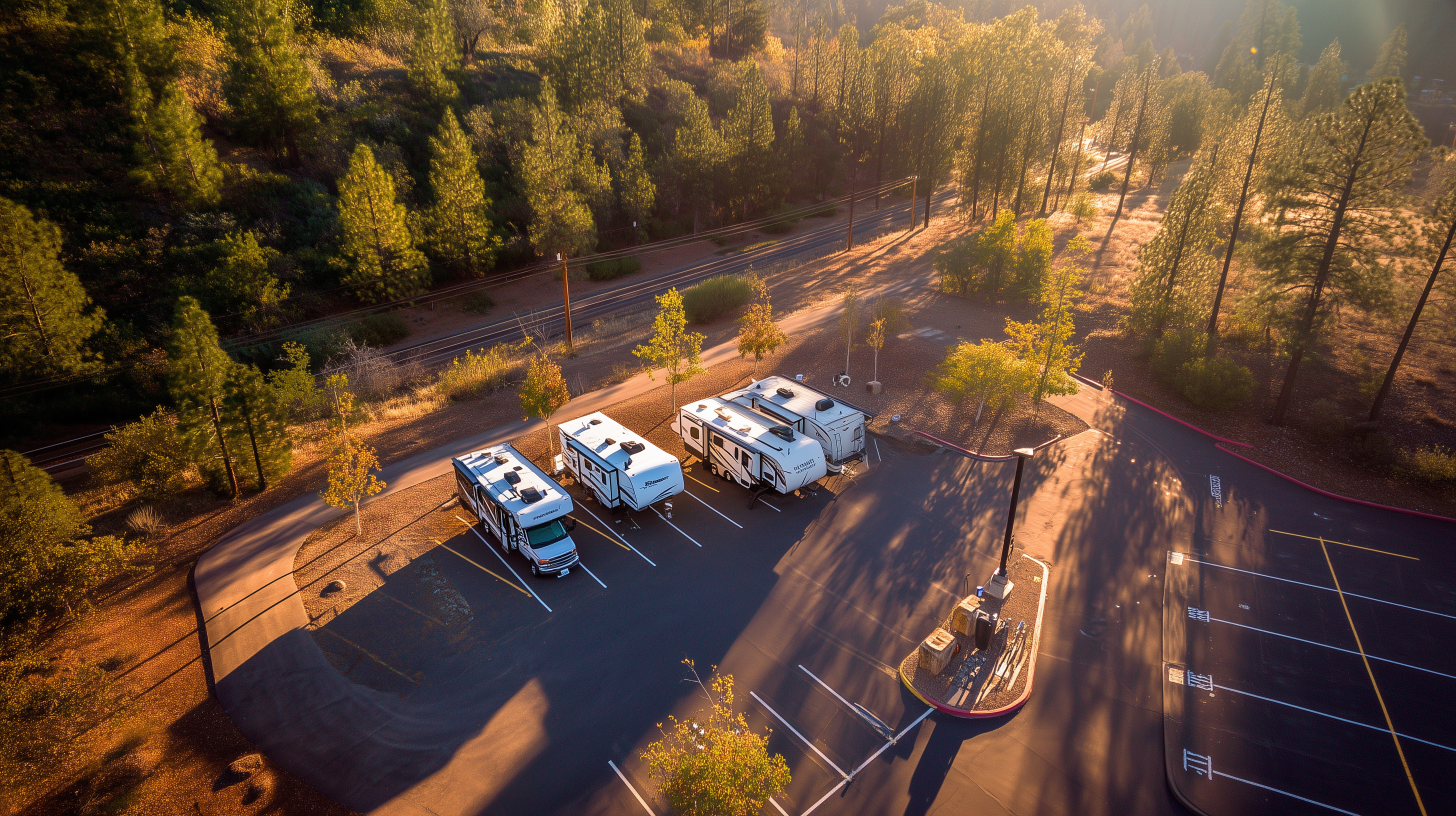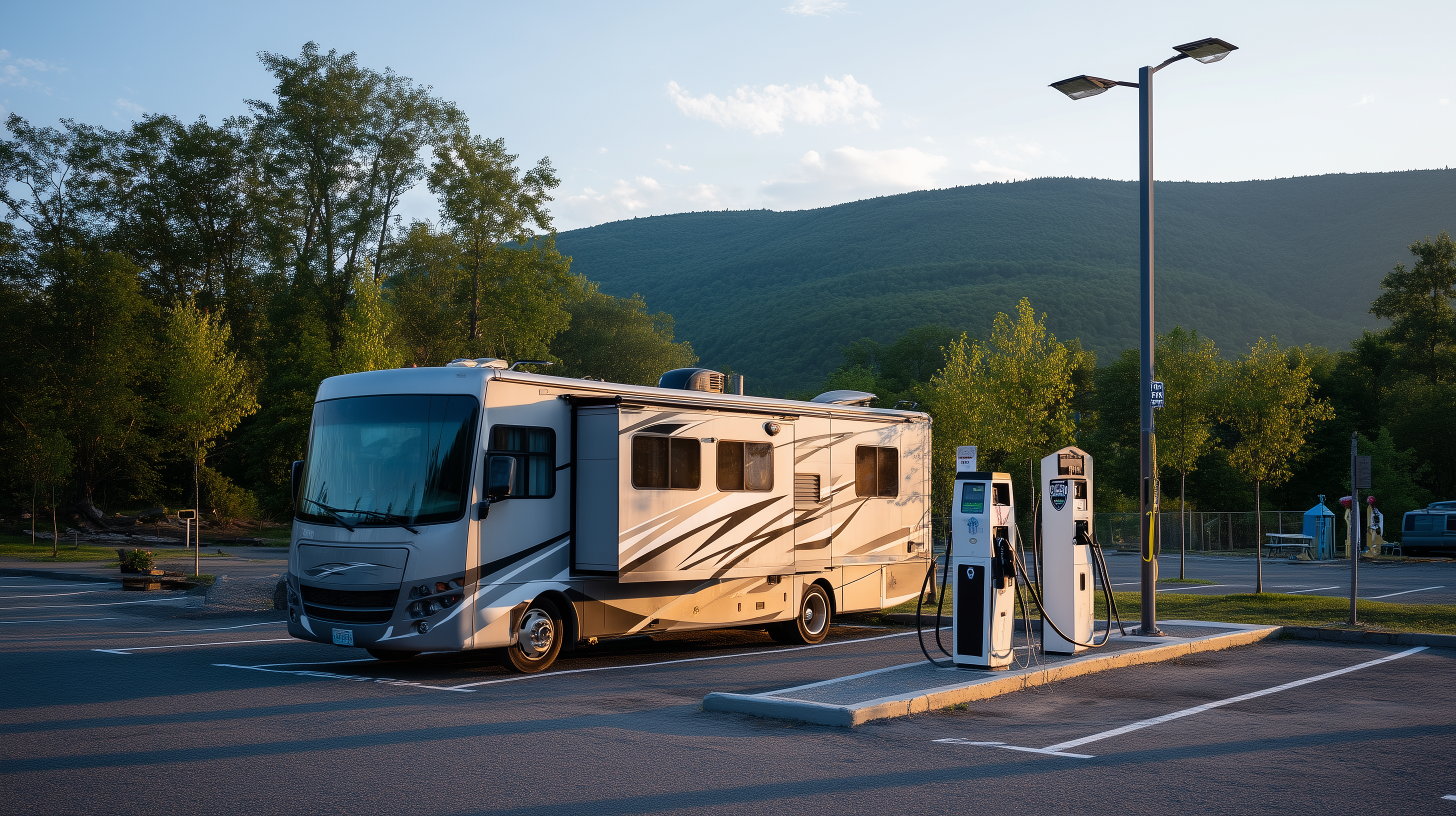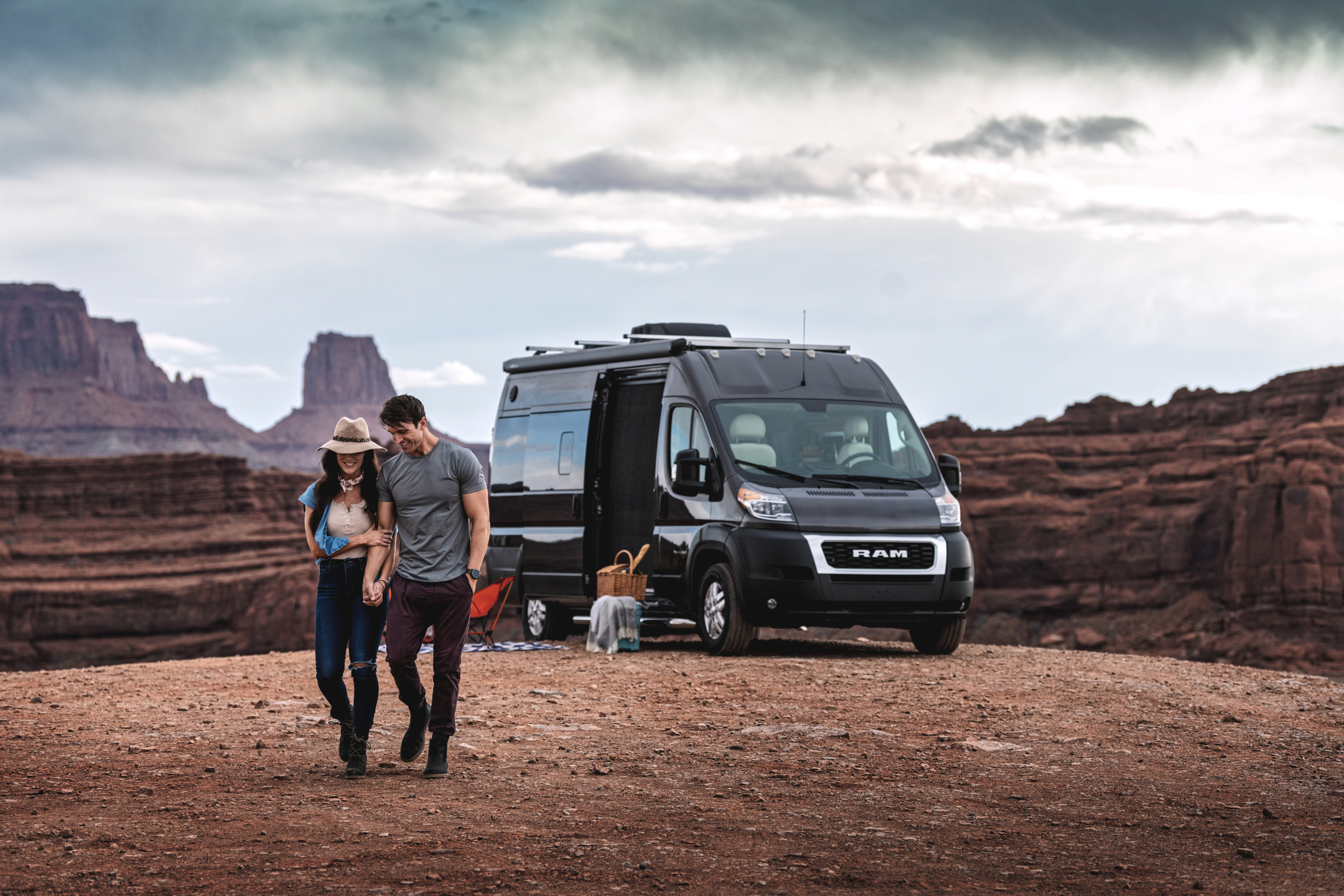The Future of Electric RVs: Where the Road Is Headed
As the world shifts toward cleaner and more sustainable transportation, the RV industry is following suit. Electric RVs (eRVs) are on the horizon—bringing with them the promise of eco-friendly travel, quieter drives, and modern innovation. While the movement is gaining momentum, there are a few bumps in the road. Here’s where things stand today, what’s holding back faster adoption, and what the future could look like for electric RV enthusiasts.
Current Landscape: Electrification Is Rolling In
A few early models, like Winnebago’s eRV2 and Thor Industries’ Vision Vehicle, have started turning heads, offering proof-of-concept for what electric RVs could become. These rigs often blend battery-powered driving with solar-integrated systems and smart energy management—ideal for short trips and sustainable camping.
At the moment, most electric RVs are Class B or compact camper vans, which are easier to electrify than large Class A motorhomes or heavy towable trailers.

Barriers to Widespread Adoption
Despite the excitement, there are key challenges:
1. Limited Range
Current electric RVs often max out at 100–200 miles per charge, which falls short for long-distance travelers. Batteries capable of hauling heavier RVs over great distances are still in development.
2. Charging Infrastructure
Fast-charging networks are not yet optimized for large vehicles. Access to pull-through charging stations or RV-friendly chargers is still a rarity, making route planning more complex.
3. Battery Weight & Cost
Large batteries add significant weight, which impacts towing capacity, design, and efficiency. They’re also expensive, which raises the upfront cost of electric RVs.
4. Towing Compatibility
For travel trailers, the availability of all-electric tow vehicles is still limited—though options like the Ford F-150 Lightning and Rivian R1T are changing that landscape.

Opportunities on the Horizon
Even with the current barriers, the momentum behind EV innovation is strong—and RVs stand to benefit from several trends:
1. Better Batteries
Advancements in solid-state batteries and fast-charging technology could dramatically extend driving range and reduce charging time in the next 5–10 years.
2. Solar and Smart Power Systems
RVs are uniquely positioned to integrate solar panels, regenerative braking, and battery management systems to increase off-grid performance.
3. Lightweight Materials
Manufacturers are experimenting with composite materials and aerodynamic designs to reduce weight and drag—key to electric performance.
4. Campground Upgrades
As demand rises, more RV parks and campgrounds are adding EV charging stations, making electric camping a more viable reality.

The Road Ahead
The next decade could bring a major transformation. We may soon see:
- Fully electric Class C and A models with long-range capabilities
- Modular solar-towable trailers with battery banks
- Smart, connected RV ecosystems with voice control, energy monitoring, and automated systems
- Electrified RV caravans with wireless charging infrastructure at rest stops
